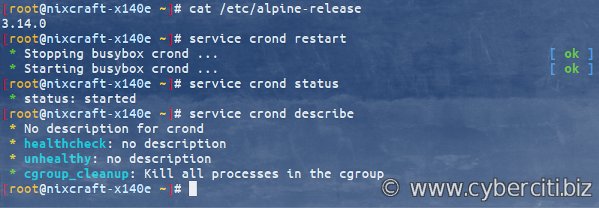Cronjobs and crontabs are both related to scheduling and automating tasks on a Unix or Unix-like system, but they serve different purposes.
Cronjobs are the actual automated tasks that run at a scheduled time or interval. They can perform a variety of tasks such as running a script, downloading a file, or sending an email. Cronjobs are managed and configured using the cron daemon, which runs continuously in the background on a Unix system.
On the other hand, a crontab is a file that contains a list of cronjobs and their scheduling information. It is essentially a table of scheduled tasks that the cron daemon uses to determine which tasks to execute and when. A crontab can be edited and configured by the system administrator or any user with appropriate permissions using the crontab command.
One of the main differences between cronjobs and crontabs is that cronjobs are specific to a particular task or command, while a crontab can contain multiple cronjobs. The crontab allows the user to schedule and manage all of their cronjobs in one place, and make changes to the schedule easily without having to modify each individual cronjob.
Another difference is that cronjobs are usually created and managed by a system administrator, while crontabs can be created and managed by any user with appropriate permissions. This makes crontabs a more flexible and user-friendly way to manage scheduled tasks.
In summary, while cronjobs are the actual tasks that run at scheduled times, crontabs are the files that contain information about those tasks and their schedules. Understanding the difference between cronjobs and crontabs is important for system administrators and users who want to automate tasks on their Unix or Unix-like system.




